In times of war, when words become powerless in the face of trauma and the familiar world collapses, art therapy offers a language understood by the soul. It becomes a safe sanctuary where unspeakable pain, fear, and anxiety can find an outlet without requiring direct verbal expression. For a child whose psyche is particularly vulnerable and lacks a fully developed apparatus for verbalising complex emotions, creativity transforms into a life-saving bridge between inner chaos and the opportunity to rediscover a sense of control and safety. It is a space where one can scream with colour, cry with lines, and find peace in form, without fear of judgment or misunderstanding.
It was with this purpose in mind that the art-therapy session titled “My Guardian Angel” was held for children on July 29, 2025, at the Centre for Education and Care of Preschool Children of Poltava Polytechnic. The session aimed to strengthen the feeling of security, support faith in goodness, and develop emotional self-regulation through creativity. Its effectiveness lay not merely in the act of drawing, but in the deep engagement with symbols and inner resources. The image of the Angel is a universal archetype of a protector – an influential, luminous figure that provides support when the external world fails to do so. In conditions where parents themselves are under stress and the sense of stability is lost, creating such an inner ally is critically essential. Working with this symbol helps to activate the internal potential for self-healing, strengthen faith in the existence of good even in the darkest of times, and counter the feeling of total helplessness that war engenders.
The session was organised and conducted by Lesia Klevaka, Ph.D. in Pedagogy, Associate Professor, and Acting Head of the Department of Psychology and Pedagogy, and Viktoriia Shevchuk, Ph.D. in Psychology and Associate Professor at the Department of Psychology and Pedagogy. This event took place within the framework of the large-scale international Erasmus+ KA220-ADU project “TRUST” – Trauma of refugees in Europe: An approach through art therapy as a solidarity program for Ukraine war victims (Grant No. 2024-BE01-KA220-ADU-000257527).
The project title is decoded as follows:
TRUST
T – Trauma
R – Refugees
U – Ukraine
S – Solidarity
T – Therapy
The project is co-funded by the EU and led by the Centre Neuro Psychiatrique St-Martin from Belgium, in partnership with the National University “Yuri Kondratyuk Poltava Polytechnic” (Ukraine), Greek Carers Network EPIONI (Greece), Fondazione Don Luigi Di Liegro (Italy), Lekama Foundation (Luxembourg), EuroPlural Project (Portugal).
The “My Guardian Angel” art-therapy session combines elements of group interaction, visualisation, and drawing art therapy to help participants find the inner resources to overcome the trauma of war. The session consisted of four stages, each activating kinesthetic (tactile) and visual (imagistic) experiences to promote emotional stabilisation. The image of a Guardian Angel is a universal symbol of protection that resonates with both children and adults, regardless of their cultural or religious context.
The therapeutic process began with creating an atmosphere of trust, where each child felt accepted and protected. This first step is foundational, as only in a safe space can the psyche allow itself to open up. The next stage, visualisation, was not just a fantasy but a guided process of delving into one's inner world to find that very image of safety. This allows for a momentary detachment from the harsh reality of sirens and news, and to find a resource within one's imagination. When a child imagines their Angel, they are essentially constructing their psychological defence system, endowing it with the traits they need most: strength, warmth, light, and large wings that can shield them from the world.
The pivotal moment is the transfer of this internal image onto paper. This is an act of materialisation, or externalisation, where an abstract feeling becomes visible and tangible. The kinesthetic experience of drawing itself – the movement of the hand, the pressure of the pencil, the choice of colours – has a powerful calming effect on the nervous system. Rhythmic movements help regulate breathing and heartbeat, lowering cortisol levels. A child does not just draw a picture; they invest their emotions into it, imbuing the image with power and meaning. The created drawing becomes an external object, an anchor to which one can turn in moments of fear or loneliness. It seems to say, “I exist. Protection exists. You are not alone”. This drawing can be placed under a pillow or carried around, transforming it into a tangible amulet.
The final reflection, where the child voices words of support on behalf of their Angel, is a step toward integrating this experience. Often, children say what they most need to hear. This is not just a game, but a process of internalisation – of assimilating external support and turning it into an internal one. The child learns to generate positive affirmations that gradually become their inner voice of support, their capacity for self-soothing. Thus, art therapy not only helps to process a traumatic experience but also provides tools for future self-regulation, strengthening psychological resilience and restoring a child's faith in their strength and the safety of the world, which was so cruelly taken away. This is not about forgetting the trauma, but about transforming it into a source of inner strength.
The “My Guardian Angel” session has a powerful therapeutic effect, as it allows participants to express their fears and hopes non-verbally. The kinesthetic experience of drawing is calming, while the creation of a positive image helps transform traumatic experience into faith in the future. According to the trainers, “after the session, children often smile and say they feel lighter, as if someone is truly protecting them”.
Art therapy continues to offer hope, reminding us that even in the darkest of times, there is a place for light and protection.
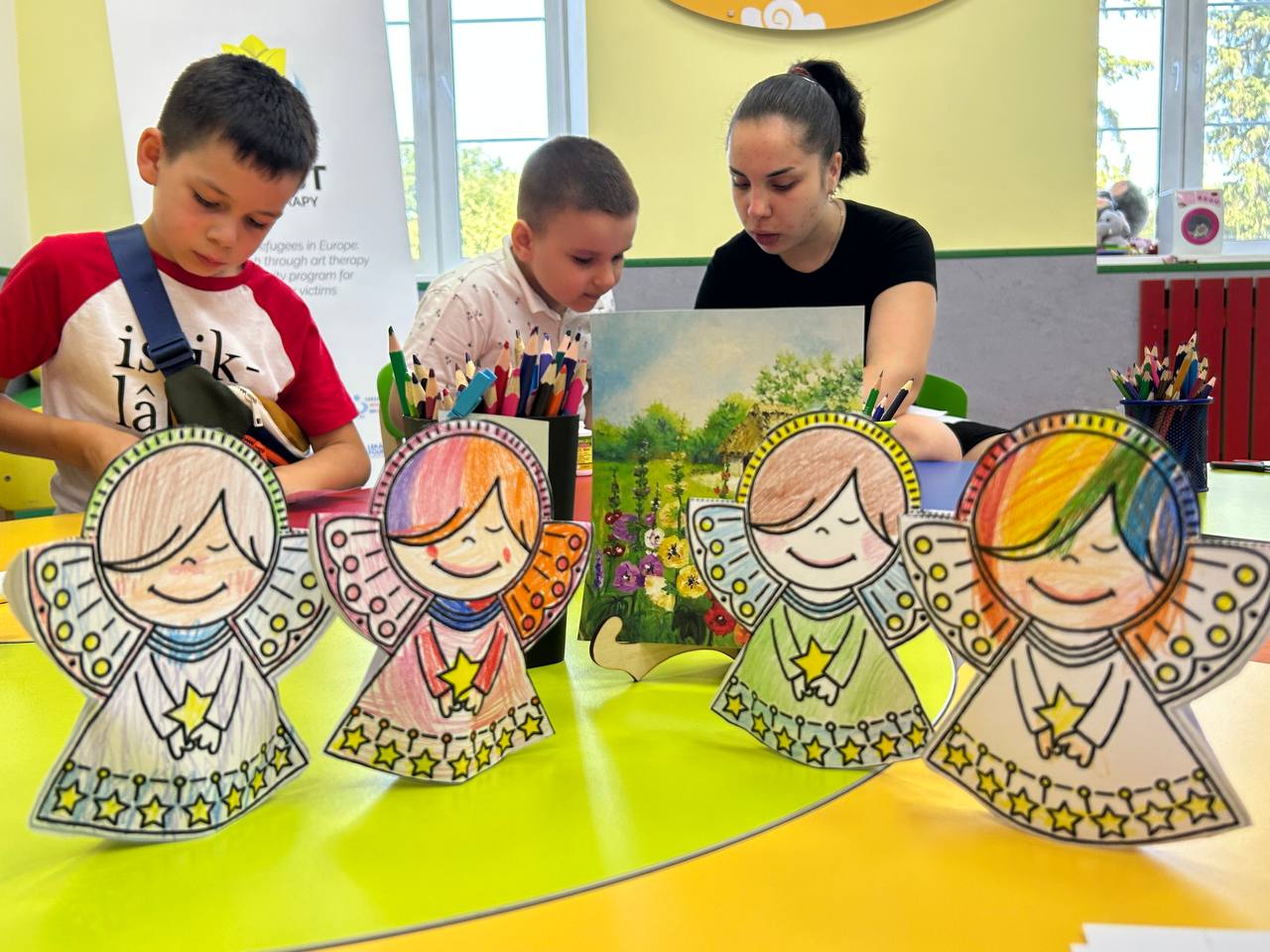
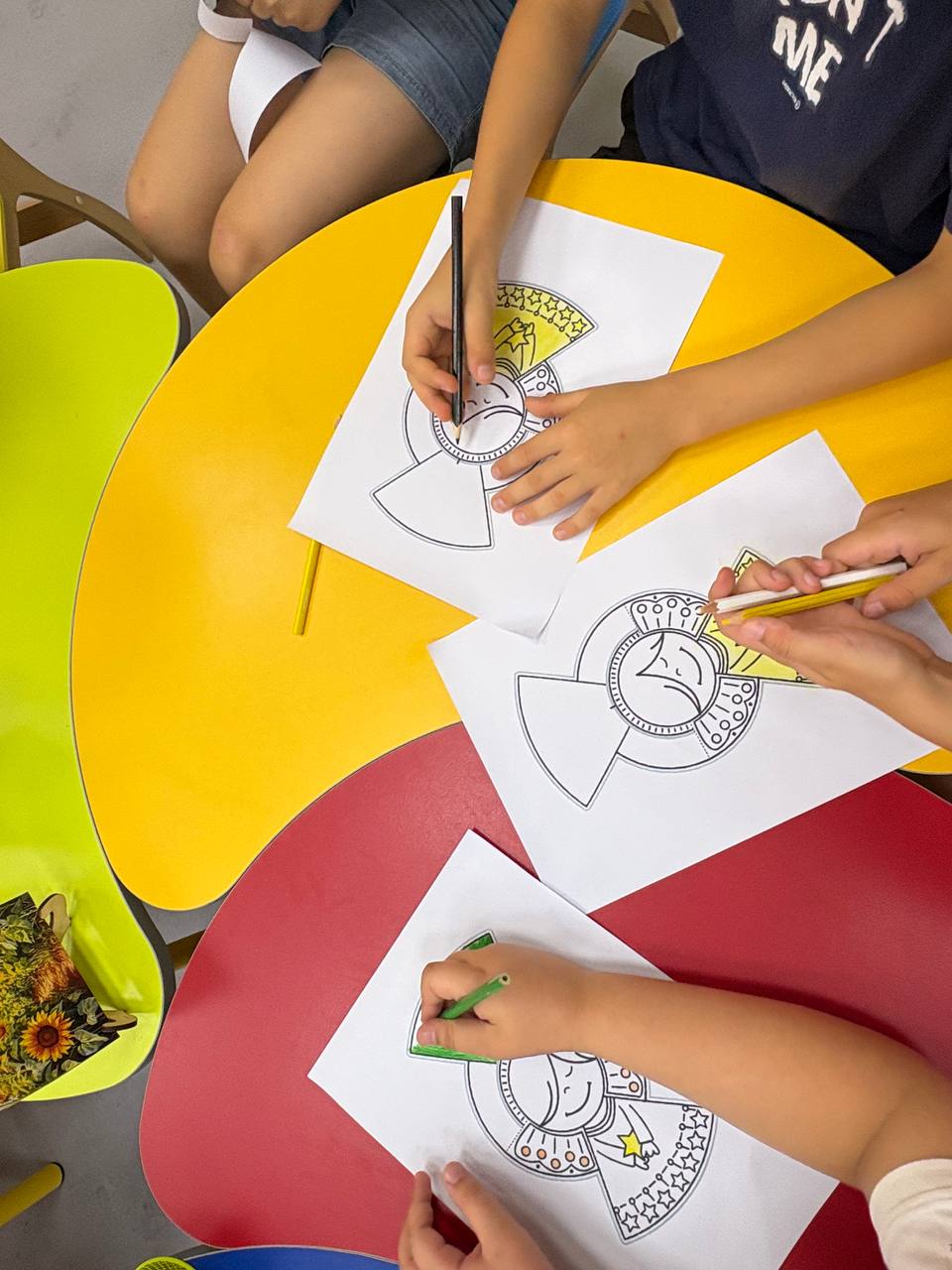
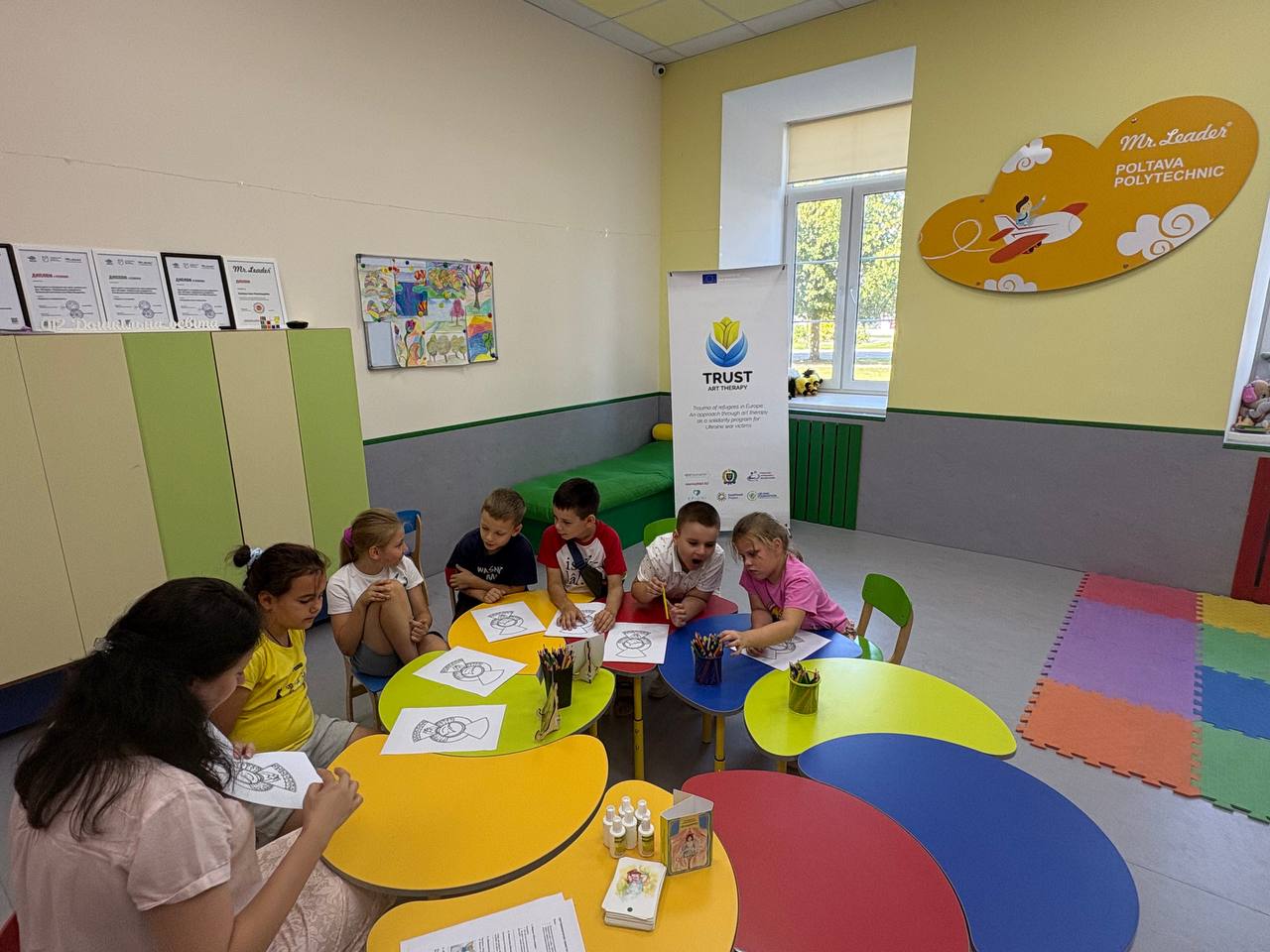
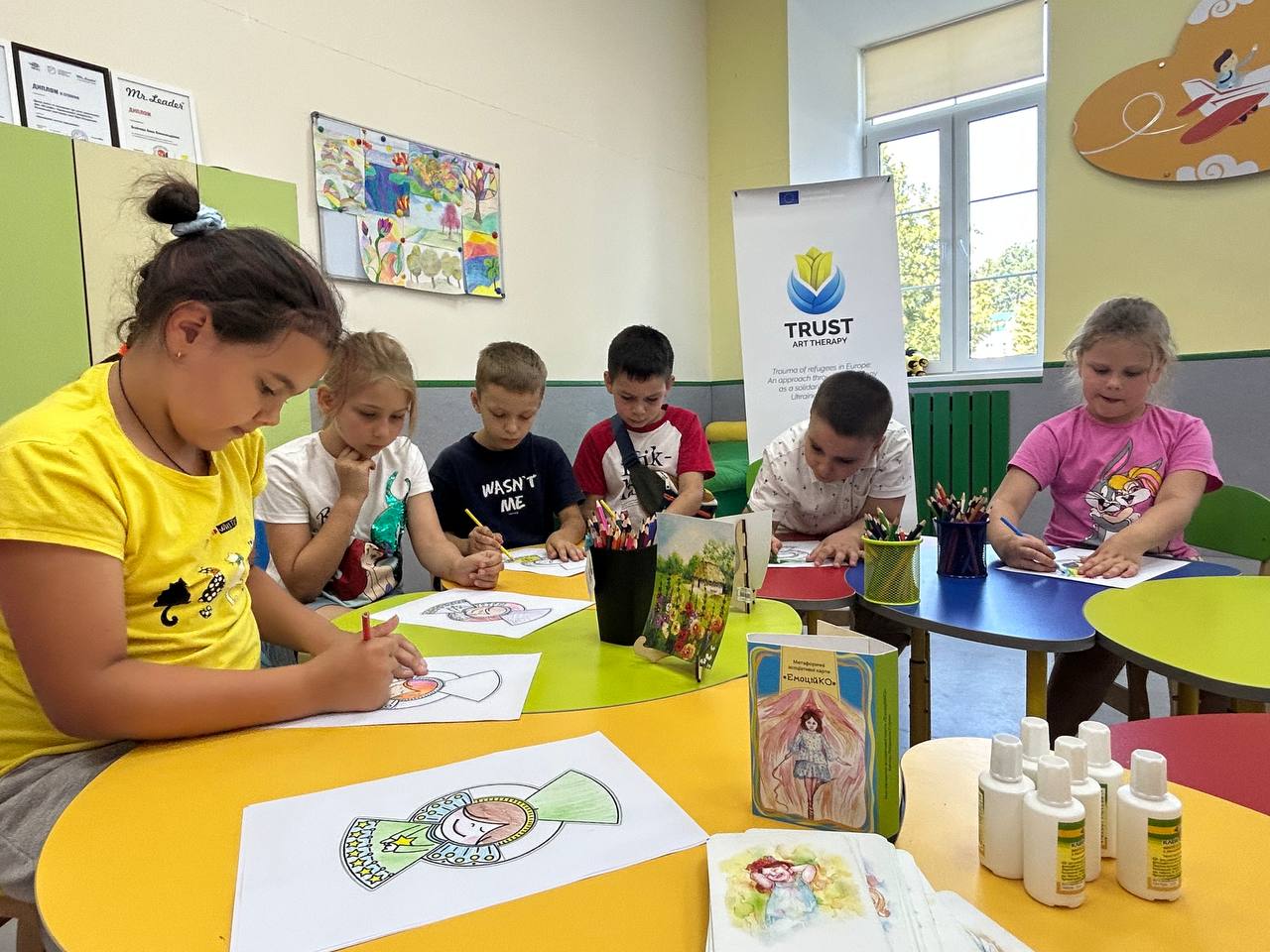
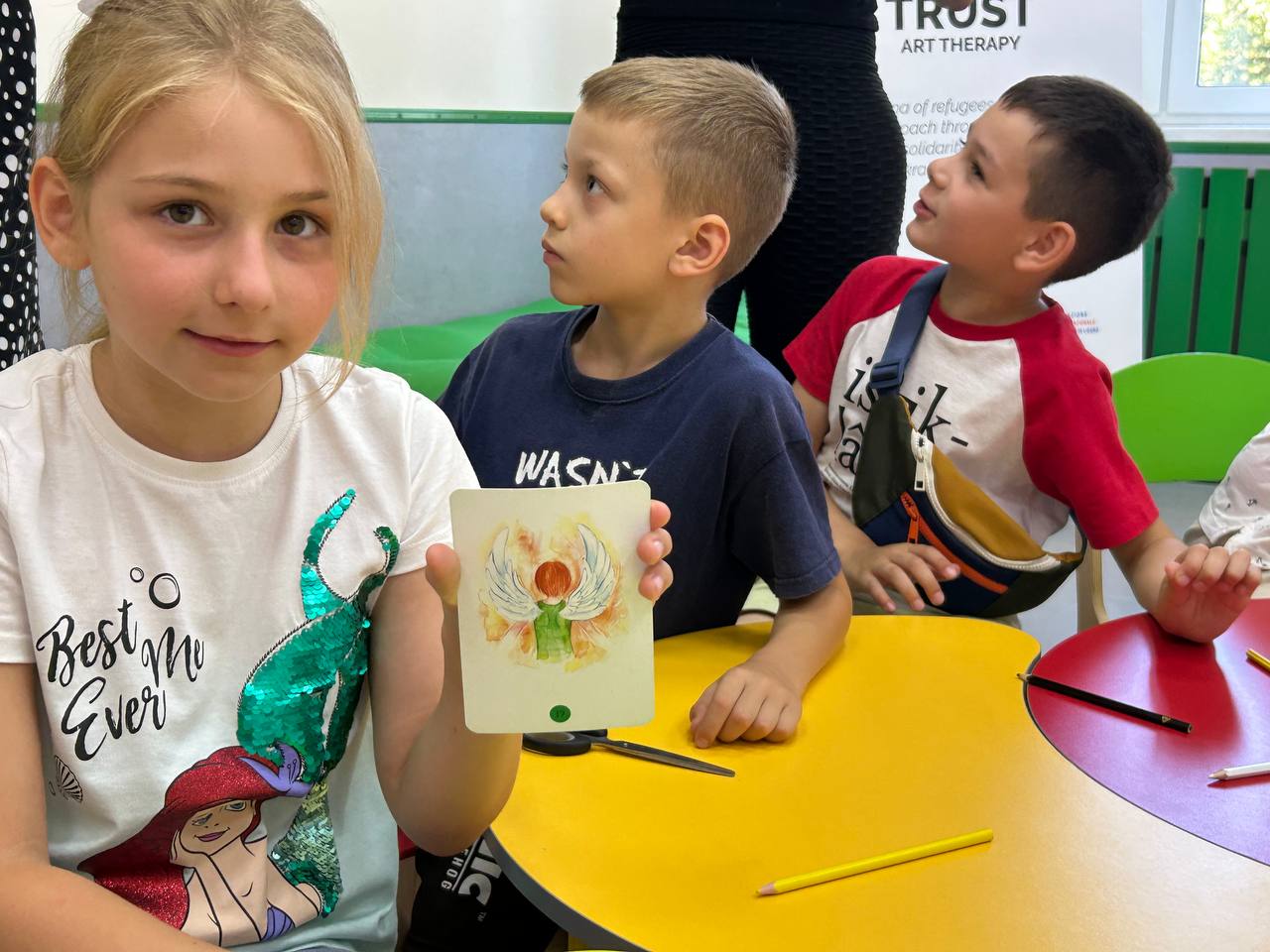
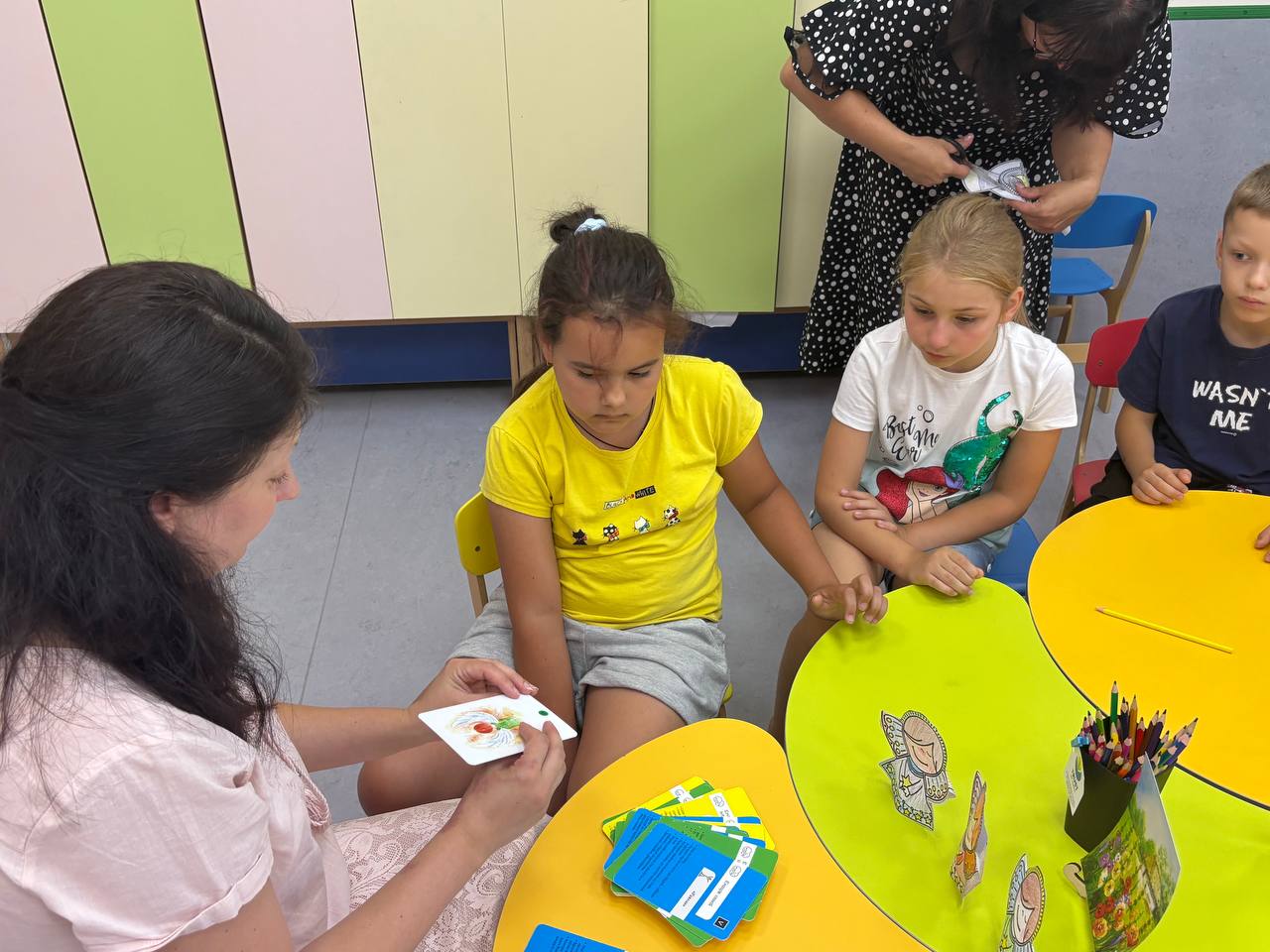
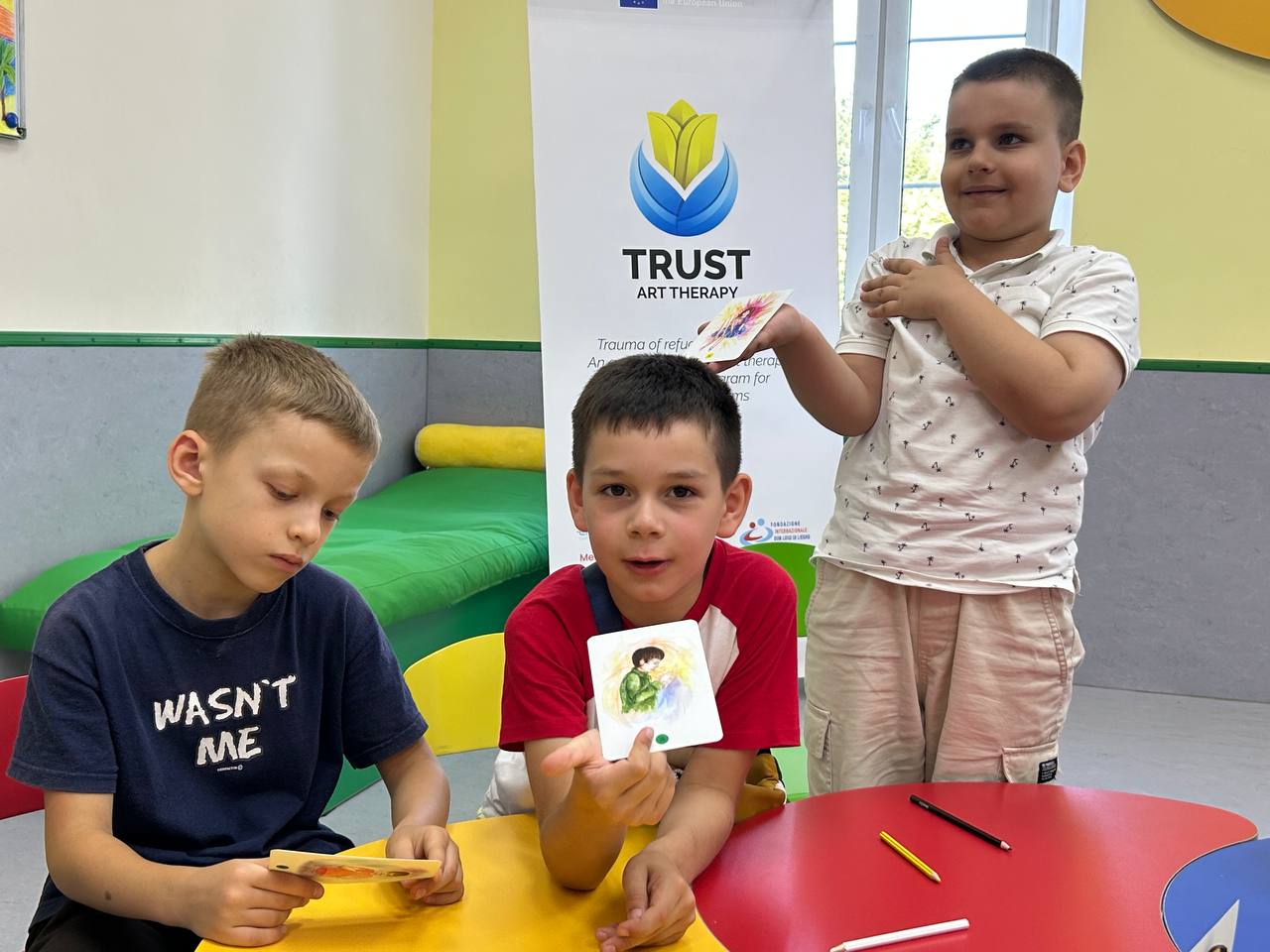
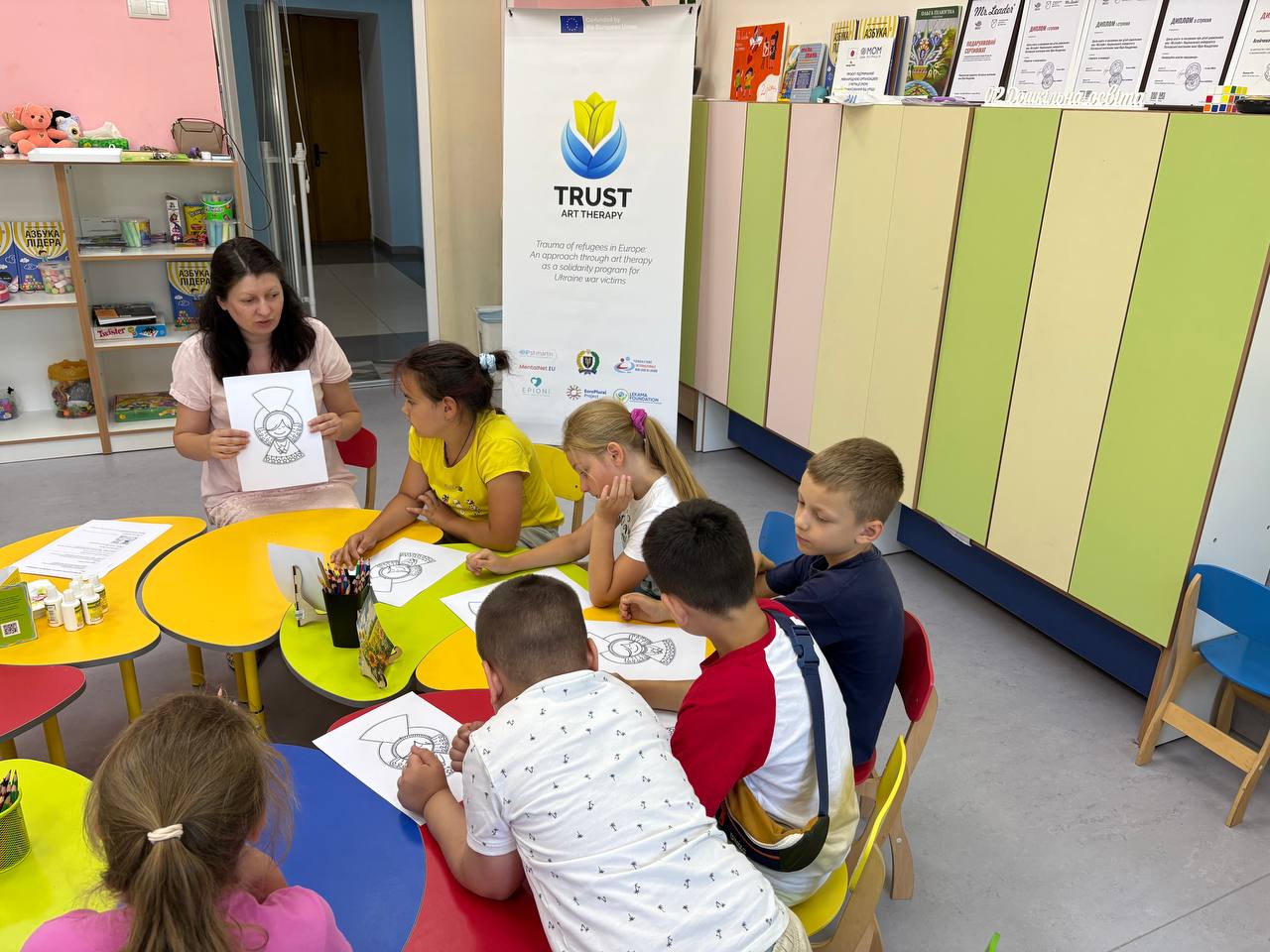
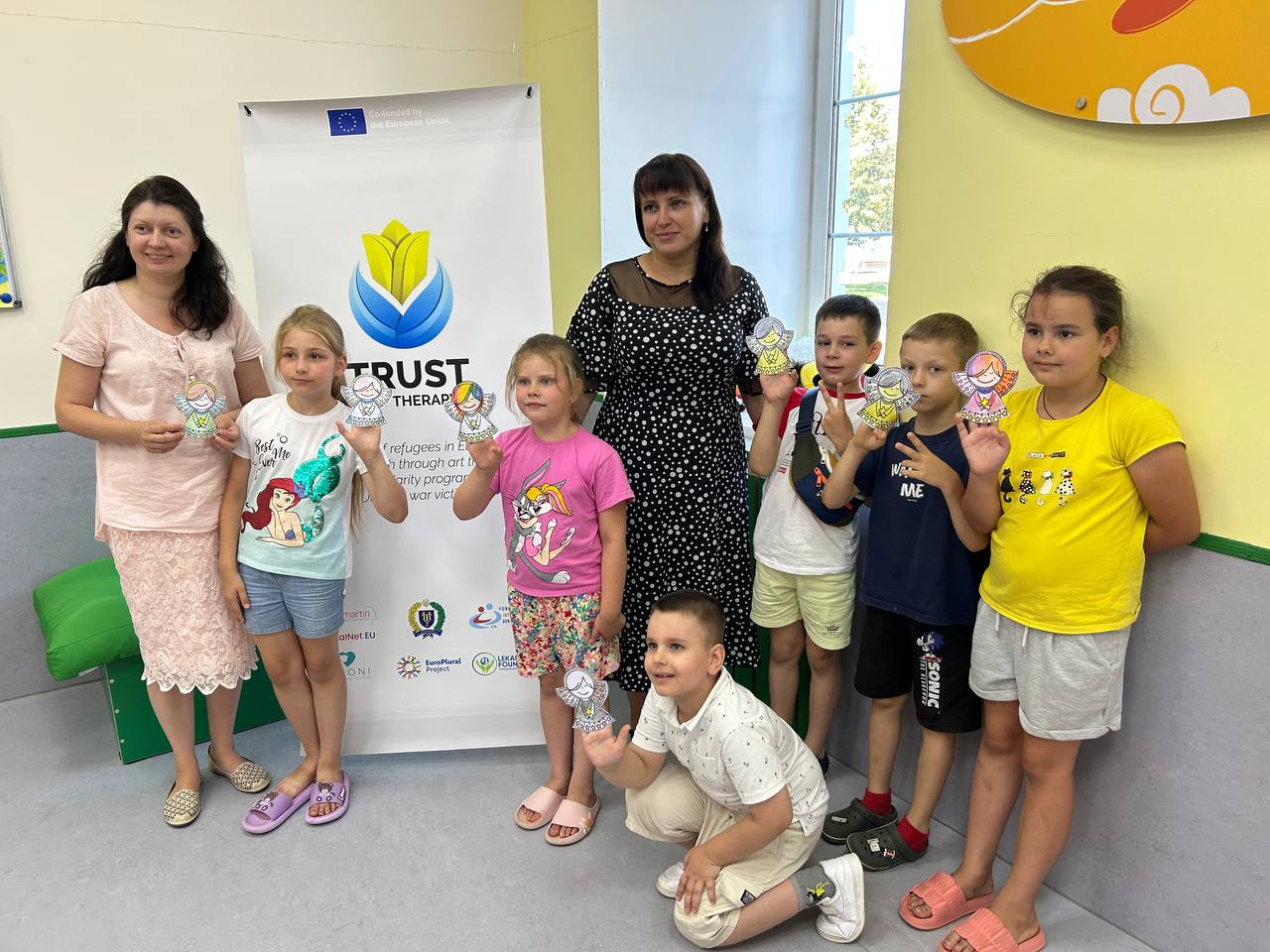
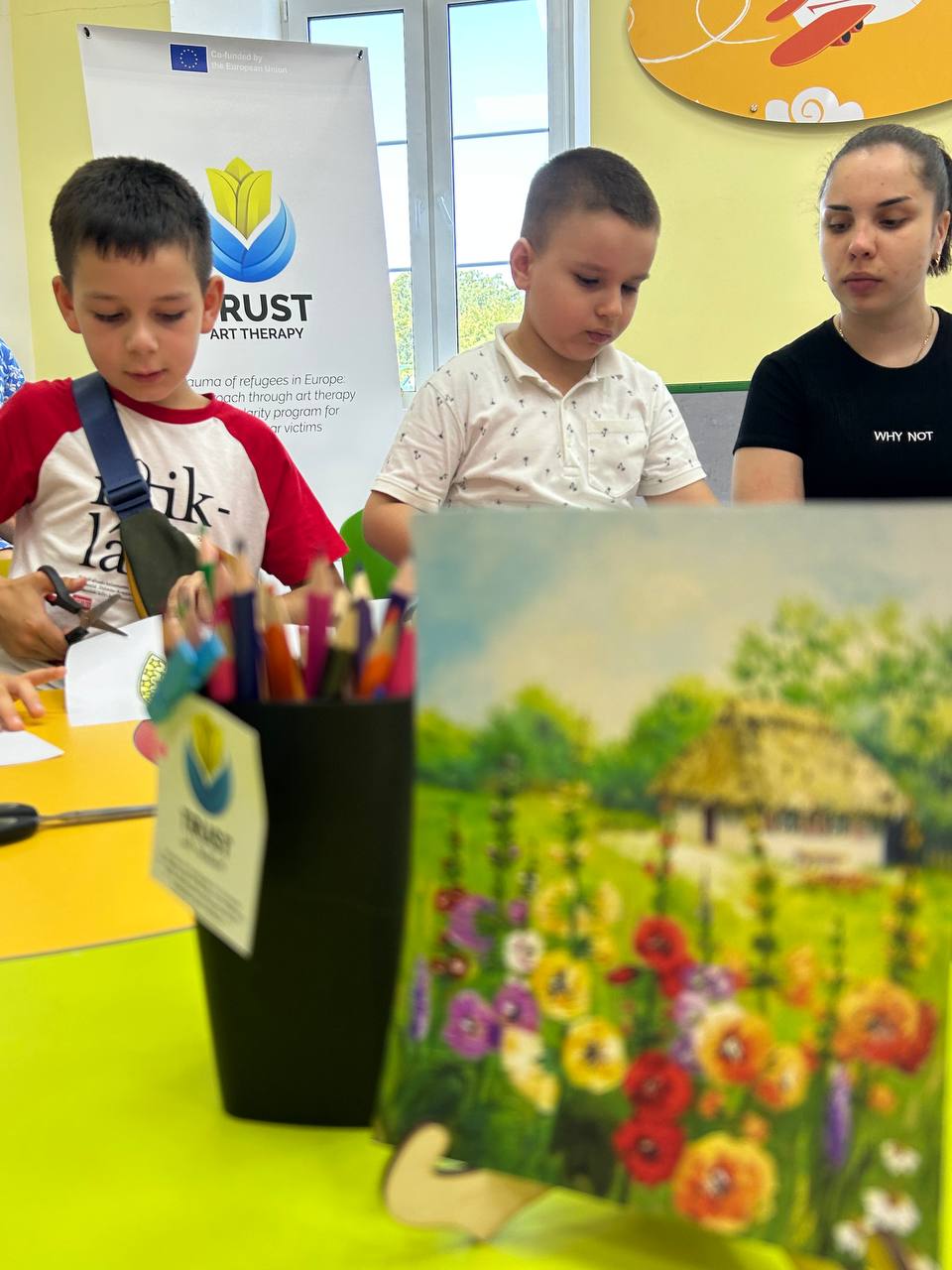
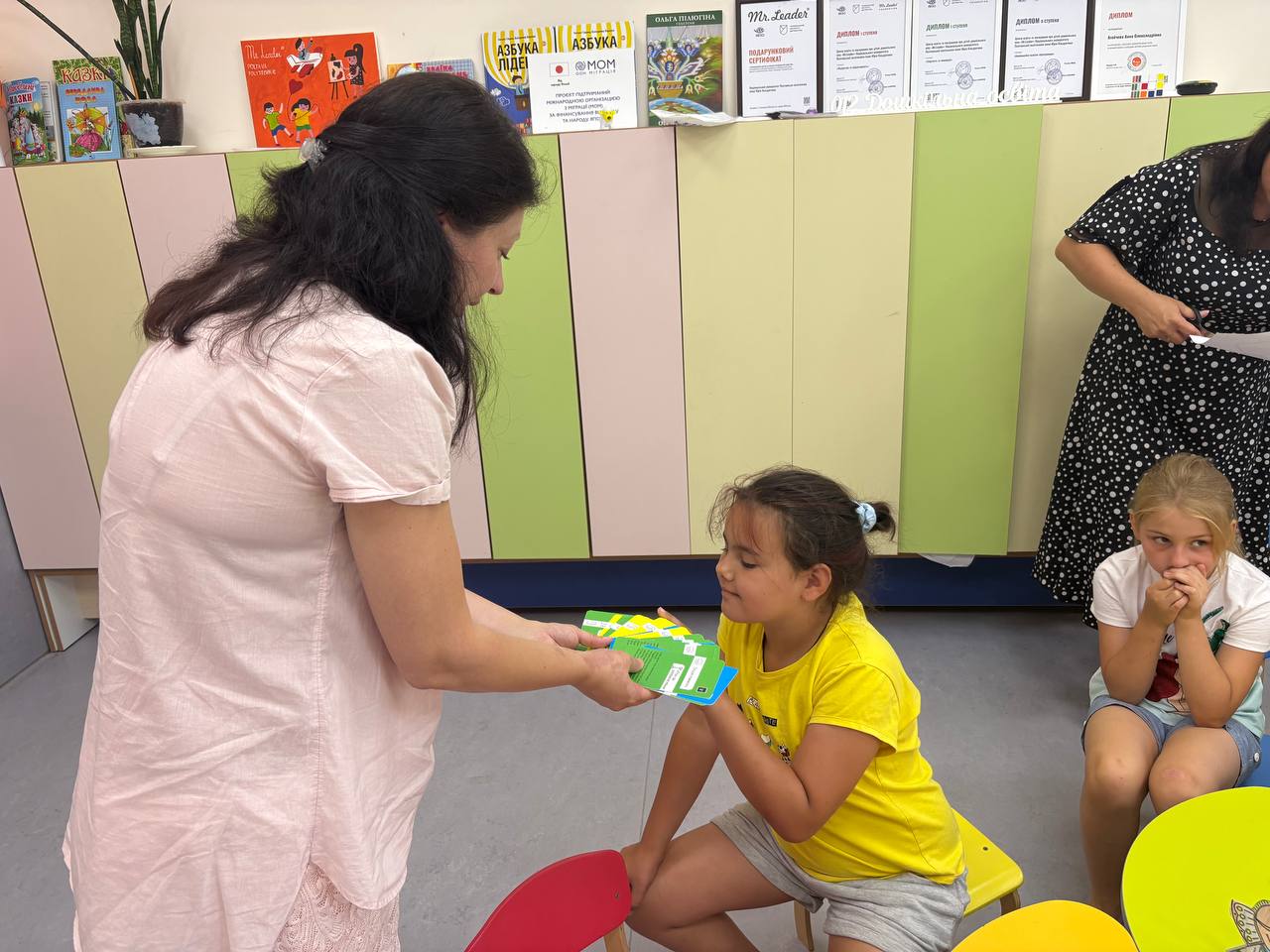
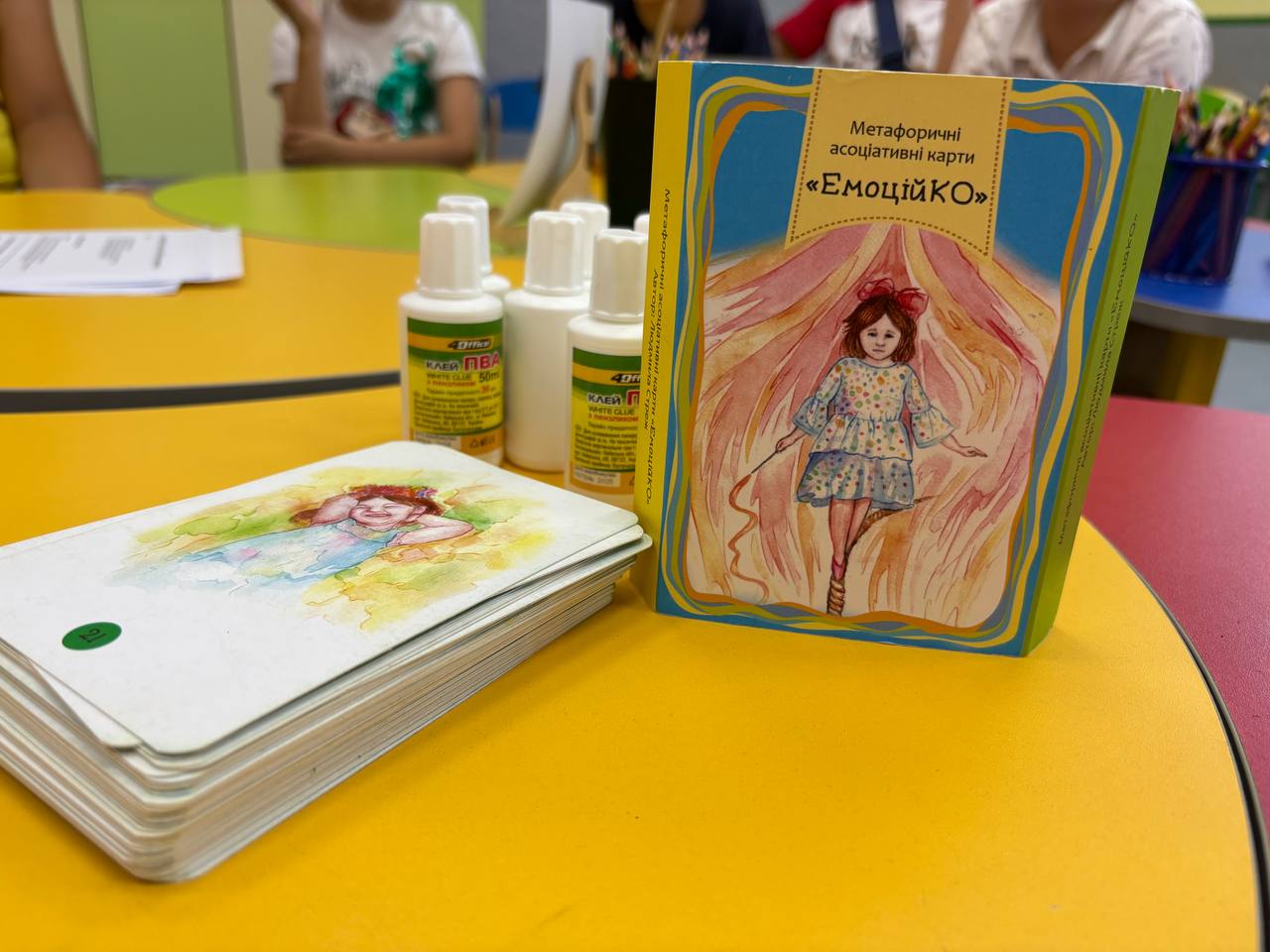
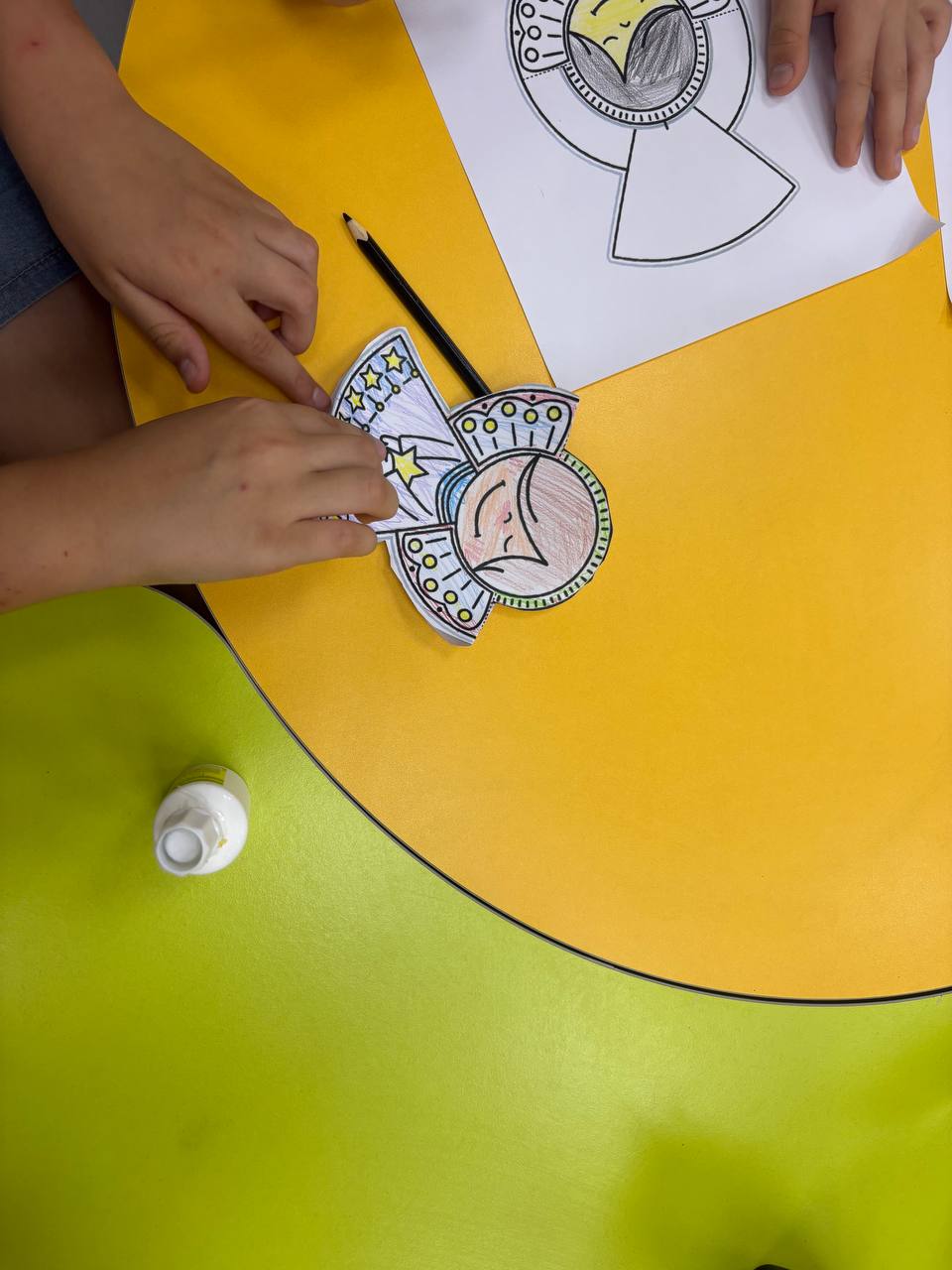
As a reminder, the faculty of Poltava Polytechnic can participate in academic mobility and internship programs. Students can study abroad through Erasmus+ credit academic mobility grant programs for a semester or a full academic year at leading universities in Austria, Greenland, Denmark, Estonia, Finland, France, Germany, Greece, Ireland, Italy, Latvia, Lithuania, Luxembourg, the Netherlands, Norway, Poland, Portugal, Romania, Slovakia, Spain, Sweden, and the Czech Republic.
For more detailed information on current internship, teaching, and academic mobility programs abroad, please get in touch with the International Relations Office (office 213-C, interoffice@nupp.edu.ua) or the coordinator of international activities at the National University “Yuri Kondratyuk Poltava Polytechnic” – Anna Pavelieva, Ph.D. in Philology, Associate Professor of the Department of Germanic Philology and Translation (email: kunsite.zi@gmail.com, phone: +38-(095)-91-08-192).
Media Centre of
National University “Yuri Kondratyuk Poltava Polytechnic”



